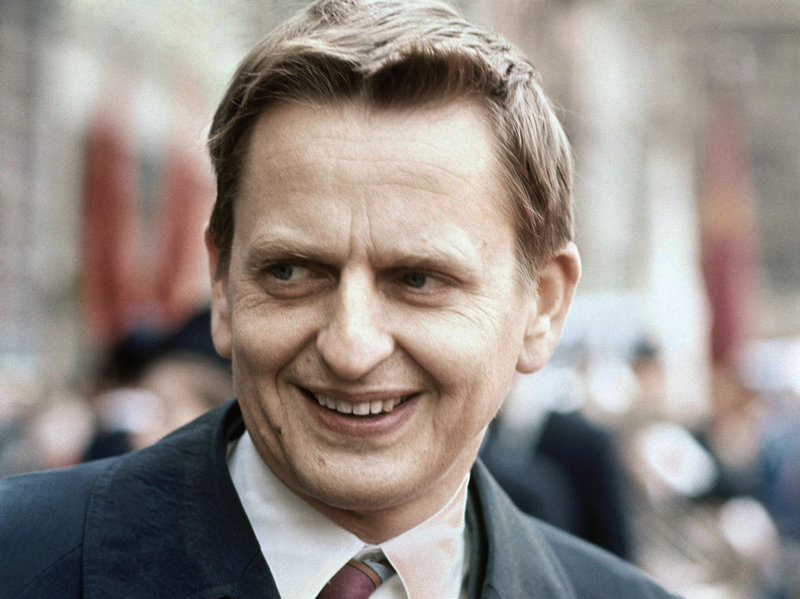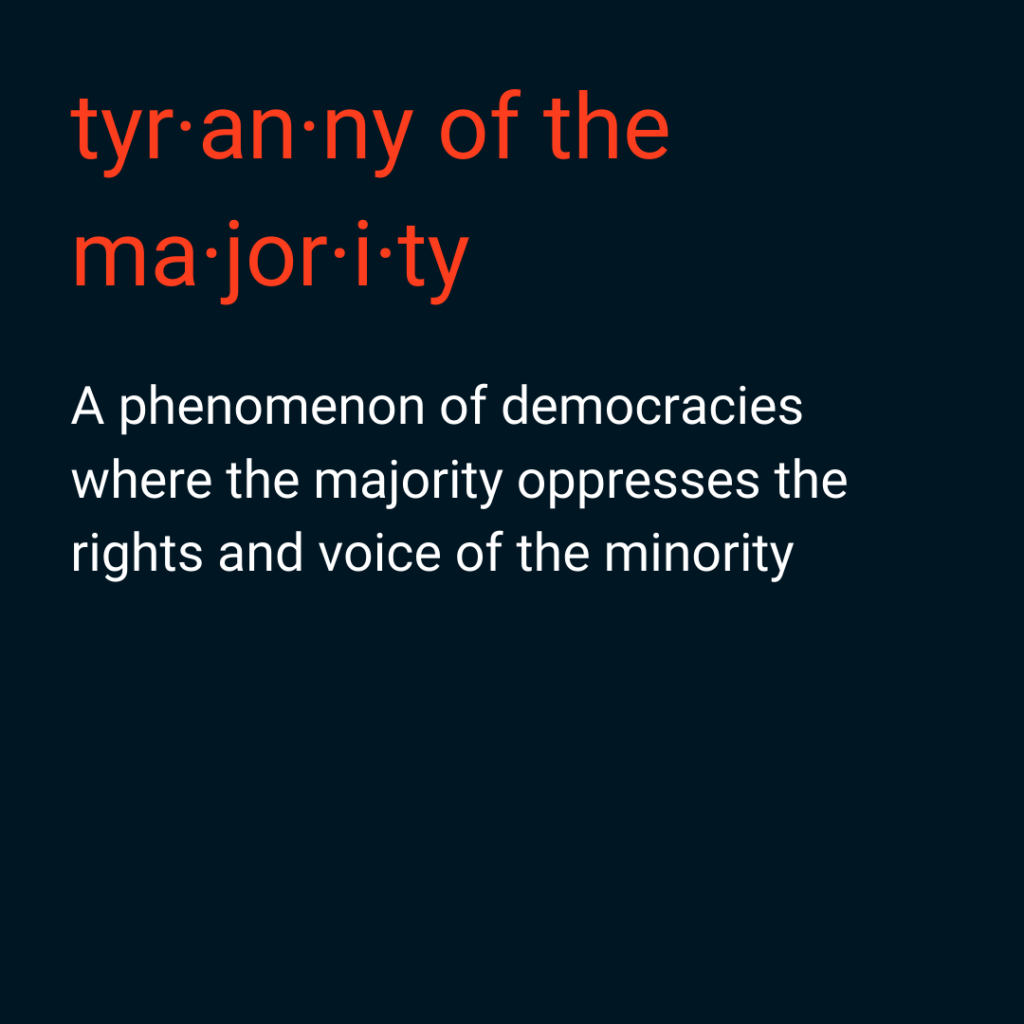Prosecutors in Sweden announced Wednesday the name of the man they believe gunned down Prime Minister Olof Palme more than three decades ago on a Stockholm street.
At a news conference in the capital, chief prosecutor Krister Petersson identified the likely assassin as Stig Engström, a graphic designer who was interviewed along with more than a dozen others who said they saw someone fleeing the scene immediately after the attack in 1986. At the time, Engström was briefly considered a suspect.
It’s too late, however, to pursue a case against him. Engström died, by apparent suicide, in 2000.
Chief Prosecutor Krister Petersson (right) and Head of Investigation Hans Melander hold a digital press conference in Stockholm on Wednesday.
Stina Stjernkvist /TT News Agency/AFP via Getty Images
“Because the person is dead, I cannot bring charges against him and have decided to close the investigation,” Petersson said.
“How he acted was how we believe the murderer would have acted,” he added.
Much like the assassination of U.S. President John F. Kennedy, the killing of Palme — a long-time leftist prime minister credited with shaping modern Sweden — has been a favorite topic of conspiracy theorists, who have variously posited the involvement of the CIA, Kurdish separatists, the South African security services and Chilean fascists, among others.
Engström, who was dubbed by the Swedish media as “The Skandia man” because he worked at the headquarters of the Skandia insurance company near the site of Palme’s slaying, has figured prominently in much of the speculation over the years. Most notably, freelance journalist Thomas Petterson has been among those who have pointed to Engström as the likely assassin.
On the night of Feb. 28, 1986, Palme, who had dismissed his security detail earlier in the day, was fatally shot in the back at point-blank range on one of the busiest streets in downtown Stockholm as he and his wife, Lisbet, were leaving a movie theater.
Lisbet, who was slightly wounded in the attack on her husband, later identified Christer Pettersson, (unrelated to either the prosecutor or the journalist) as the killer. Palme’s son, Marten, who was also present at the assassination, identified Pettersson as well.
People lay flowers on the grave of former Swedish Prime Minister Olof Palme 30 years after his death.
Jonathan Nackstrand/AFP via Getty Images
Pettersson, a petty criminal, was found guilty of the assassination in 1989, but his conviction was overturned the following year in a decision citing lack of evidence – most notably the absence of a weapon, which investigators believed to have been a .357 Smith & Wesson Magnum. Christer Pettersson died in 2004.
In a 2018 interview with The New York Times, Thomas Petterson, the journalist, said Engström, who had served in the military, had access to the same kind of weapon used in the assassination, had been active in a shooting club and had political and private motives.
The journalist, who said he had investigated the case for 12 years, also noted that Engström had lied to police, had “the right timing, the right clothing … unique information” and he had “a deep political interest and a deep anti-Palme sentiment.”





This event is sandwiched in between the space shuttle Challenger blowing up and the Chernobyl nuclear disaster. 1986 was a tough year for many of us. Maybe this investigation will be summarized on a cop show, if there are any left.